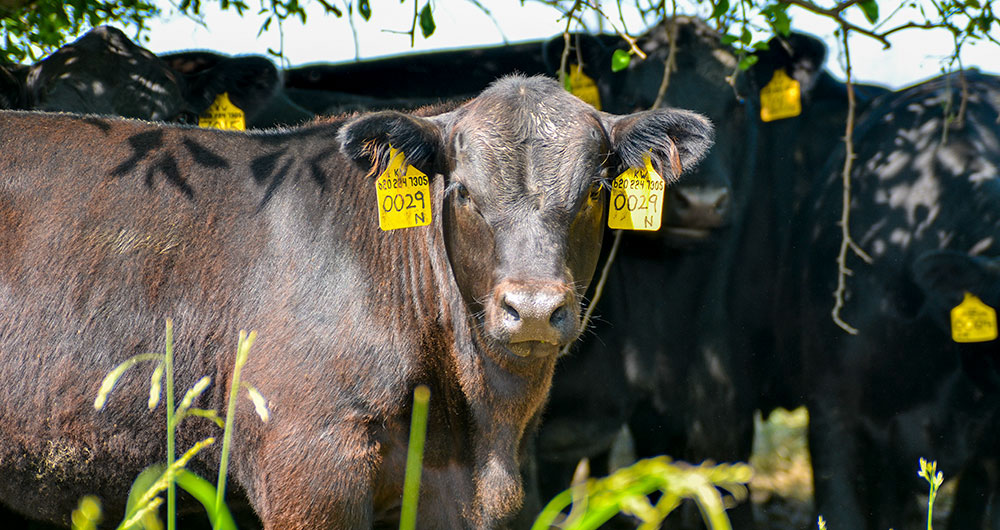Heat Research
Research looking at heat stress in Angus cattle.
Some cattle handle heat better than others, and there is a genetic component to heat tolerance. A number of research projects have looked at this to see if there might be ways to select for more heat-tolerant cattle.
























